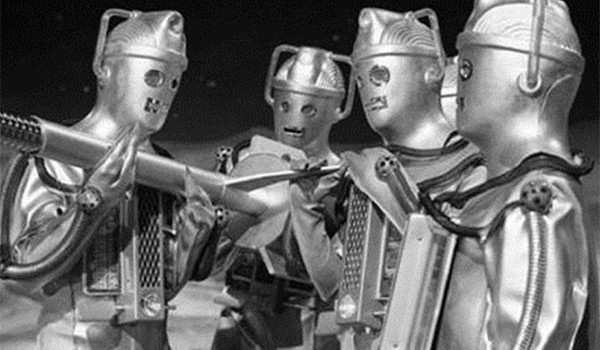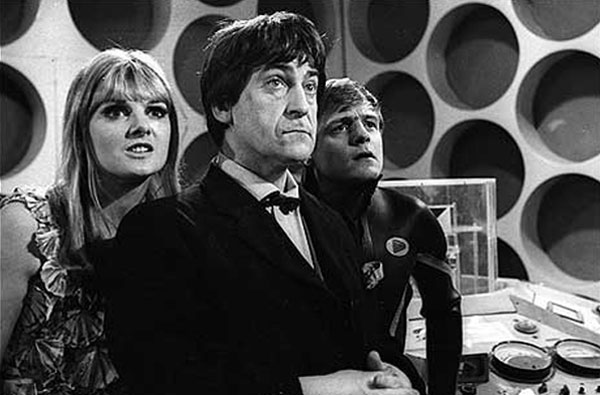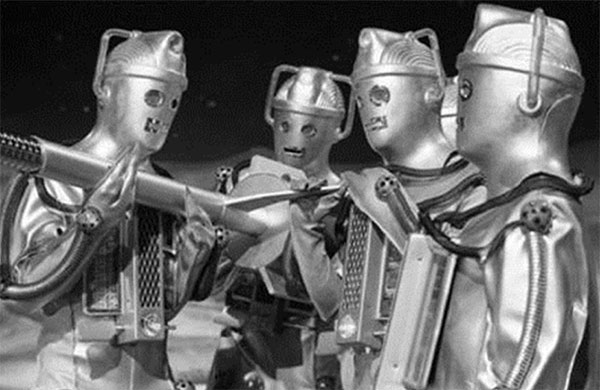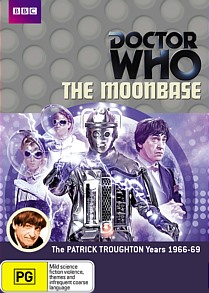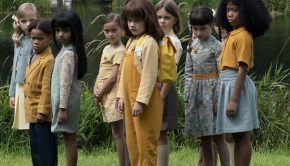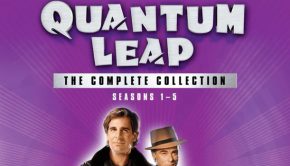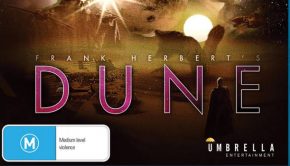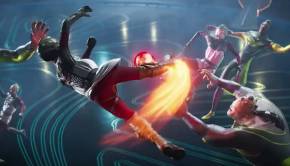Doctor Who The Moonbase DVD Review
Summary: Written to capitalise on the success of the Cybermen, The Moonbase is an interesting, if slightly lacking, way station in the history of the show.
3.3
Interesting
Doctor Who The Moonbase
Distributor: BBC / Roadshow
Genre: Sci-fi
Rating: PG
Running Time:
Reviewer: Robert Mammone
Unsurprisingly, The Moonbase, in many ways a remake of the previous year’s story, The Tenth Planet, features the return of the Cybermen. The titular moon base, a multi-national facility, manipulates the Earth’s weather via the Gravitron. Through infiltration, the Cybermen attempt to gain control of the device so they can defeat the Earth.
Through auspices of animation house Planet 55, The Moonbase is now as complete as can be expected, given the parlous state of the archive holdings of the Patrick Troughton era. Building on the work shown in The Reign of Terror and The Tenth Planet, Planet 55 has re-created episodes 1 and 3, currently missing from the BBC archives.
For the most part, these animations work very well. With the aid of camera scripts, set photos and telesnaps, Planet 55 has done a remarkable job in bringing to life what up til now existed as a recording of the audio of each missing episode.
In many ways, Doctor Who reflects the concerns of the times. Set in 2070, the Moonbase is staffed by a multi-national team, reflecting the position of the United Nations in the international system at that time. In terms of the fiction, a later Doctor Who story, The Warriors of the Deep, recorded in 1984 during the depths of the Cold War, and set in 2084, depicts a world split into two blocs on the verge of nuclear annihilation.
Of course, while the Moonbase team reflects the hopes for peaceful co-existence between differing nations, the men (no women!) are from Western nations, from Britain, France and New Zealand to name a few. No one from the Warsaw Pact need apply.
The story itself is a dour affair. Clever budgeting reduced the number of sets to the main Gravitron control room, and a couple of ancillary areas to hint at the size of the base. The Moonbase model itself, as well as the lunar surroundings, is well realised and good use of them is made in establishing shots. Director Morris Barry apparently ran a very tight ship, and worked to rein in Patrick Troughton’s early freewheeling depiction of his incarnation of the Doctor. It’s no surprise that two of the most iconic, melancholy, sombre speeches Troughton ever gave in his time in the role occurred in stories directed by Barry, the other being Tomb of the Cybermen.
The re-design of the Cybermen is the signal element of the story, beginning a habit that carried on down the decades of successive production teams tinkering with the base design. The Cybermen design of The Tenth Planet work better at depicting the body horror of cybernetics, though the design itself was unwieldy and uncomfortable for the actors. The simpler, streamlined re-design emphasises their height and power, but renders them more robotic in appearance than a troubling amalgam of metal and flesh.
Of the supporting actors, the base commander Hobson (Patrick Barr), displays the right mix of focus and cajolement. Dismissive of his superiors on Earth, he marshals his team against the menace of the disease that has cut down some of his team, and works well with the Doctor once the Cybermen’s plan is revealed. Of the companions, Polly (Anneke Wills) gets some of the better lines and comes up with a means of fighting the Cybermen. Jamie (Frazier Hines) spends most of the story unconscious, rendered so by his very late inclusion as an ongoing character.
Written to capitalise on the success of the Cybermen, The Moonbase is an interesting, if slightly lacking, way station in the history of the show. With Troughton’s performance finally settled, the production team would soon farewell Ben and Polly, and see the installation of Jamie as one of the longest serving companions in the show’s history. The Cybermen would return three
more times during Troughton’s era, establishing themselves as his signature monster, their overbearing presences ably matched by his subtle performance.
The recreation of the missing episodes does a very good job of enabling the viewer to enjoy the story in its entirety, without having to refer to cracking audio to fill in the narrative gaps. Some elements of the animation are used repeatedly, to annoying effect, but overall is a marked improvement on earlier efforts and complements the existing episodes. The story itself is basic, and while a reined in Troughton is interesting to see, the characterisation is somewhat limited without his trademark wiliness or exuberance. The Cybermen’s plan is ridiculously convoluted – why a frontal assault on the moonbase itself wasn’t contemplated instead of poisoning the sugar is a question for the ages.
Special features 3/5
The special features are particularly sparse. Commentaries for the extant episodes 2 & 4 only have been recorded. An interesting, but short photo gallery supplements some of the missing episodes. The documentary, Lunar Landing, presents an interesting insight into the stories background. It also demonstrates, sadly, how few of those involved in the production are still with us today. Anneke Wills, Frazier Hines, Reg Whitehead (Cyberman) and Desmond McCarthy (Production Assistant) are all interviewed, reflecting on the story and offering insights into the making of the production.
Visual 3/5 the existing episodes present as well as can be expected, given their age. An annoying black dot is present in the bottom left corner throughout episode 2. Otherwise, the Vidfire process has returned these film copies to more or less their original video state, which lends the episodes an immediacy that heightens the action and suspense.
Audio 4/5 – clear and crisp


